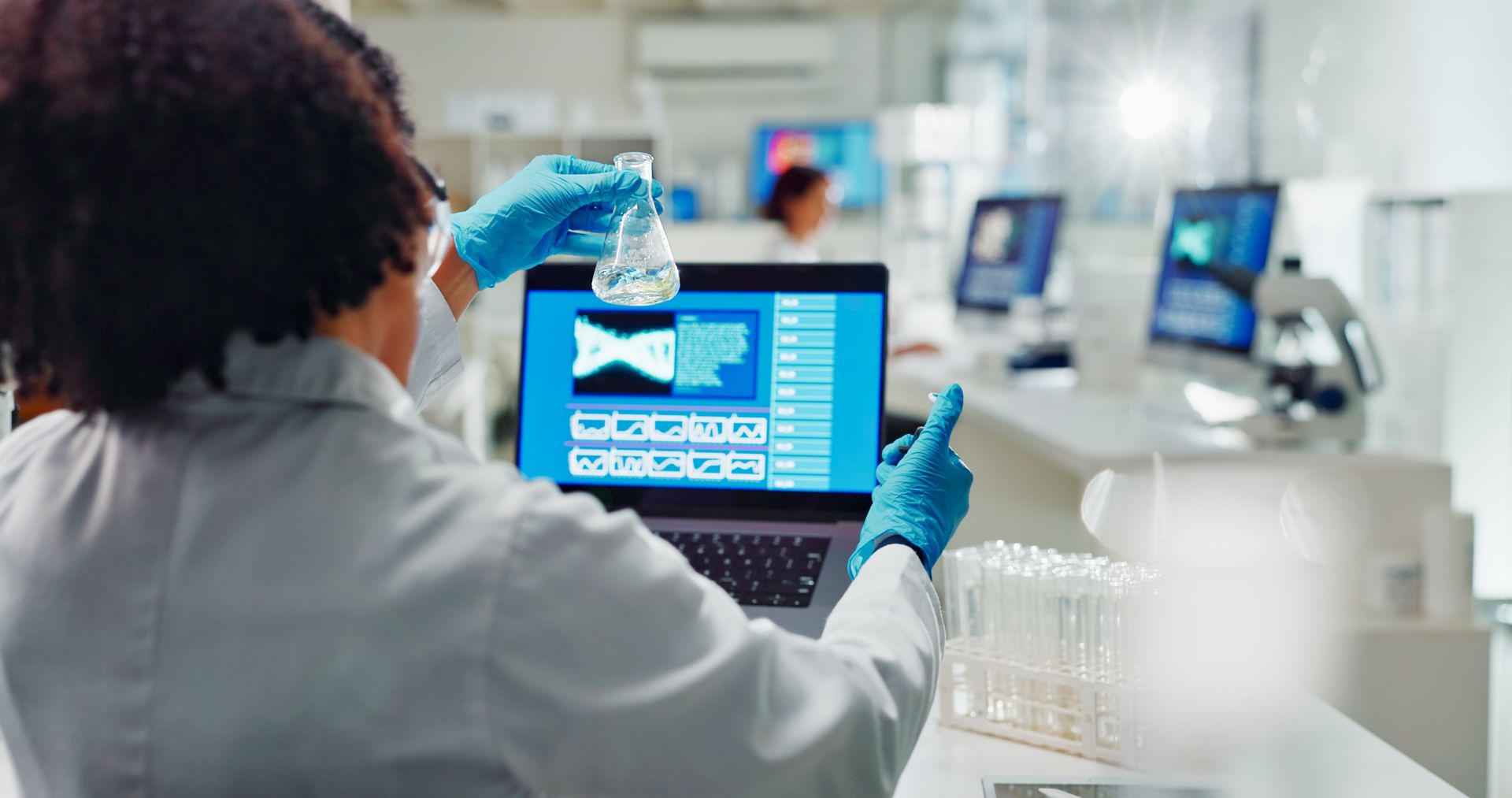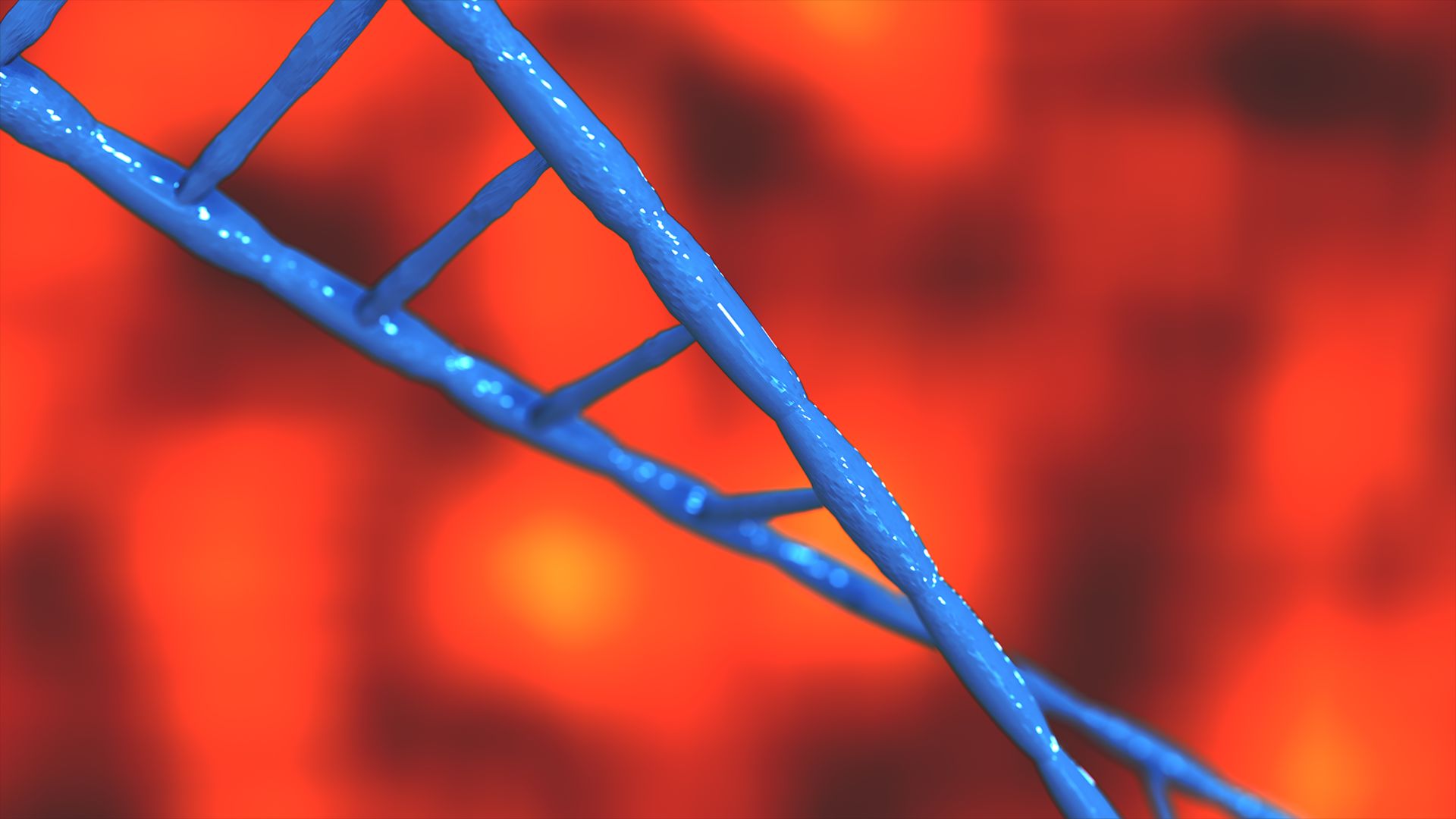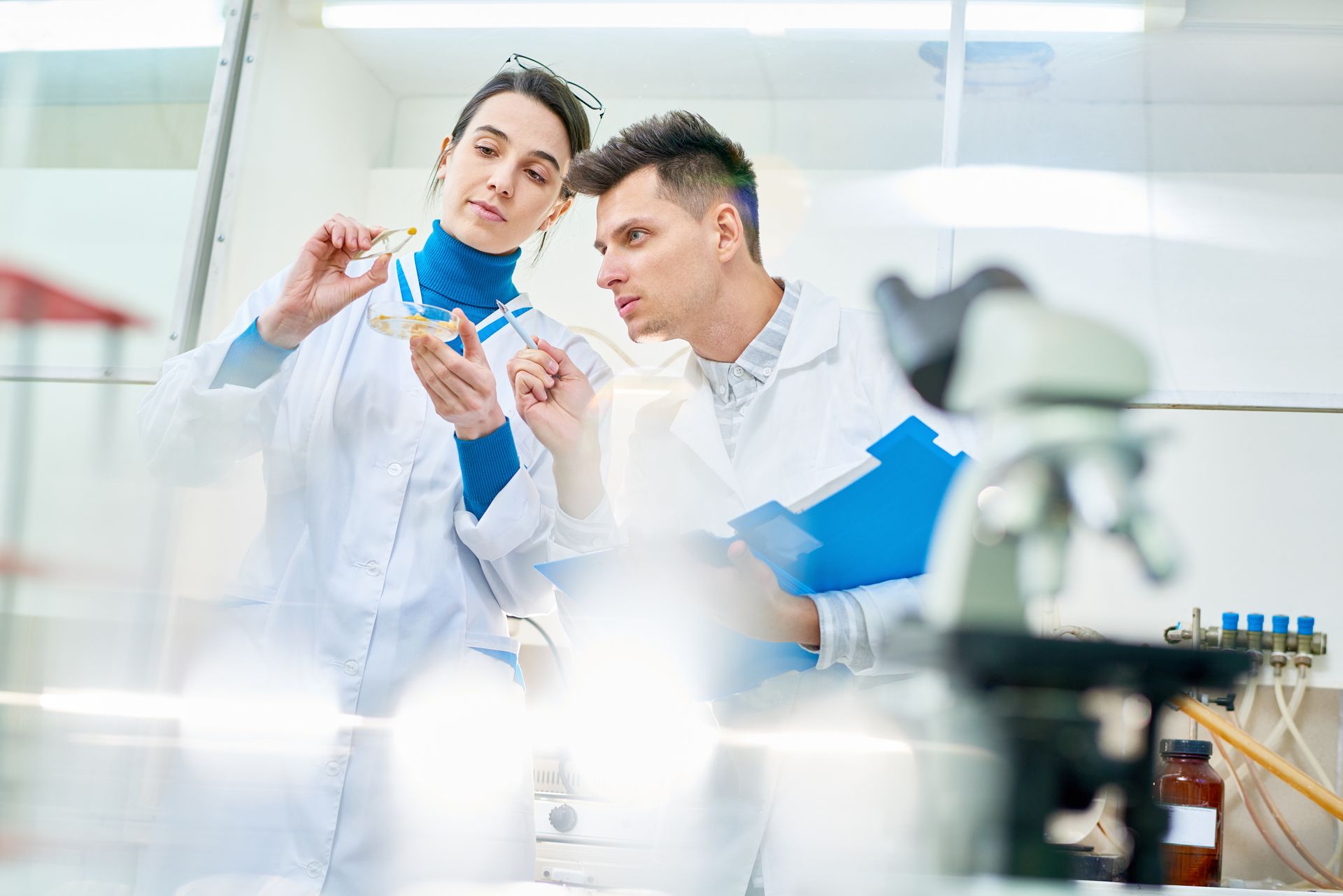Genetics and Genomics: Key Techniques and Protocols for Cutting-Edge Research
Animal Cloning and Food Safety: Examining Cloned Livestock Products
After years of research, the Food and Drug Administration (FDA) has confirmed that meat and milk from cloned cattle, pigs, and goats, as well as the offspring of these clones, are safe for human consumption. This conclusion has critical implications for agriculture and food safety, emphasizing the need for further study of the genetic stability and welfare of cloned animals.
Cloning with the Promega PGEM-T Kit: A Step-by-Step Guide
The Promega PGEM-T kit is widely used for cloning PCR products into vectors. This protocol, developed by Rutgers in 2004, provides detailed instructions on preparing media and plates, performing the cloning process, and screening for successful clones. It’s essential for molecular cloning, gene expression studies, and genetic engineering.
Chromosome In Situ Hybridization: Mapping Genes on Chromosomes
Chromosome in situ hybridization (ISH) is a modern technique used to identify the specific location of genes on chromosomes. This method utilizes radioactive or fluorescently labeled DNA or RNA probes to bind to target sequences, allowing researchers to visualize and map genes. It is crucial in genetic research, cancer diagnostics, and chromosome structural studies.

Genetic Analyses for DNA-Protein Interactions: Uncovering Complex Relationships
Understanding DNA-protein interactions is fundamental for studying gene regulation, epigenetics, and transcriptional control. This protocol focuses on various methods to analyze these interactions, including chromatin immunoprecipitation (ChIP) and electrophoretic mobility shift assays (EMSAs). These techniques are essential for investigating how proteins influence gene expression and genome stability.
Mutagenesis: Creating and Studying Genetic Mutations
Mutagenesis is a powerful tool for introducing mutations into a gene or genome, enabling researchers to study gene function and protein structure. This protocol highlights transplacement mutagenesis, an advanced system that uses phage-plasmid recombination for targeted mutations. It has broad applications in functional genomics, drug resistance studies, and gene therapy research.
Comet Assay: Assessing DNA Damage and Repair
The Comet assay, also known as single-cell gel electrophoresis, is a sensitive method for detecting DNA damage and repair at the level of individual cells. This technique is commonly used in genotoxicity testing, environmental monitoring, and cancer research to evaluate the effects of chemicals, radiation, and other agents on DNA integrity.

Epigenetics Protocols: Studying Heritable Changes Beyond DNA Sequence
Epigenetics focuses on heritable changes in gene expression that do not involve alterations to the DNA sequence. This protocol covers a range of methods for studying epigenetic modifications, such as DNA methylation, histone modifications, and chromatin remodeling. These techniques are crucial for understanding complex traits, disease mechanisms, and developmental biology.
Genetic Analysis: A Comprehensive Approach to Gene Function
Genetic analysis involves a wide array of methods used to investigate gene function, inheritance, and variability. This includes techniques such as linkage analysis, genome-wide association studies (GWAS), and quantitative trait loci (QTL) mapping. These tools are fundamental in advancing knowledge of genetic diseases, evolutionary biology, and biotechnology applications.

These protocols and methods are essential tools in the field of genetics and genomics, driving advancements in agriculture, medicine, and biotechnology.